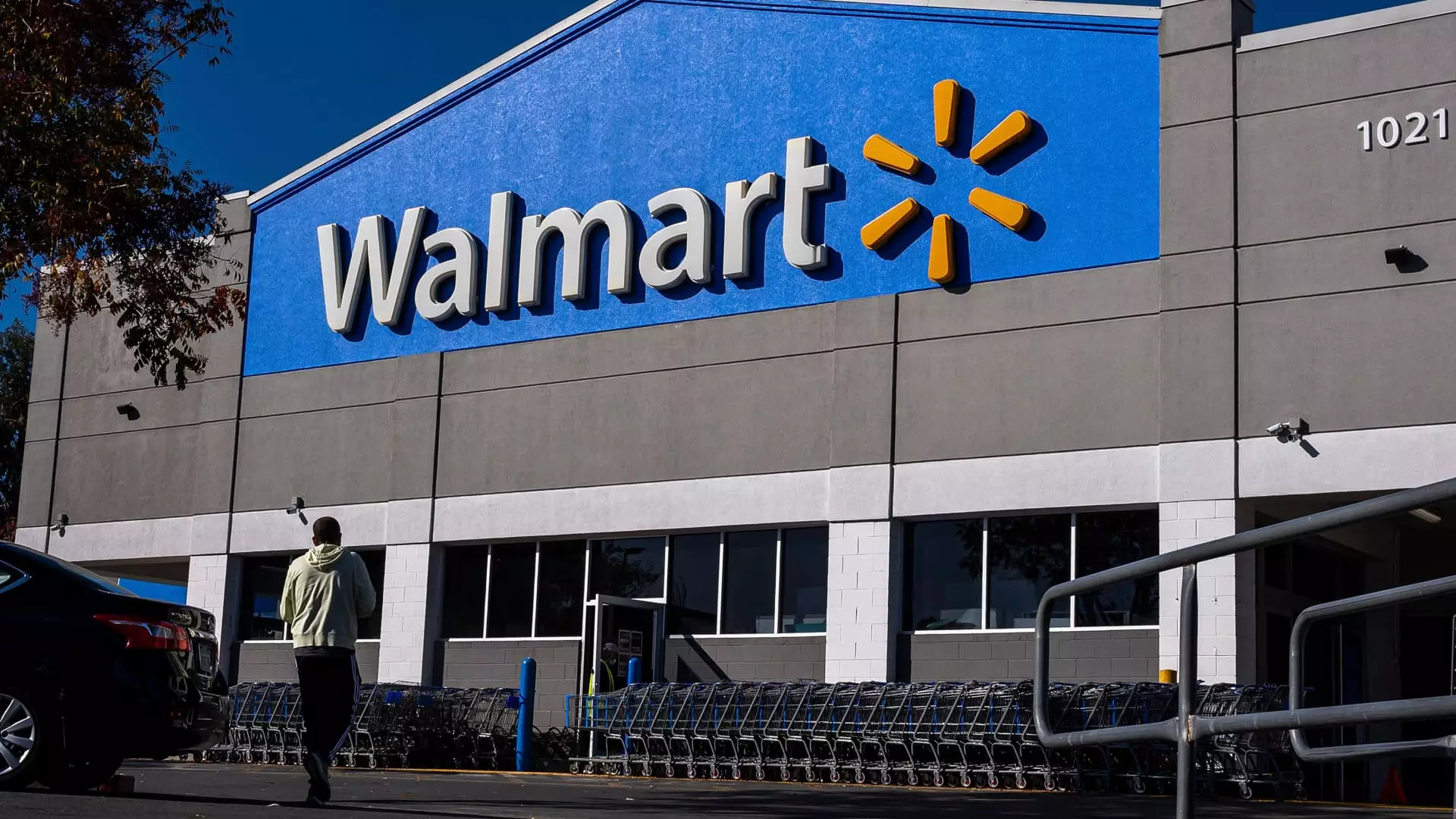As the United States faces a new political landscape with the election of President Donald Trump, the implications of his proposed tariffs on imports have sparked significant discussion within the retail industry. Key figures, such as Walmart’s Chief Financial Officer, John David Rainey, have publicly discussed the potential need for retailers to adjust their pricing strategies should these tariffs be enacted. This analysis explores the comments made by Walmart’s leadership and the broader consequences for the retail sector in relation to supply chain management and pricing strategy.
Rainey emphasized Walmart’s longstanding commitment to providing “everyday low prices,” a hallmark of the retail behemoth’s business model. However, he acknowledged the reality that certain price increases may be unavoidable if tariffs on imports are implemented. Such price adjustments, he noted, would be a direct result of increased costs associated with tariffs, echoing sentiments shared by other retail leaders who fear the financial implications of these policies.
While Rainey did not pinpoint specific items that might face price hikes, the uncertainty surrounding the upcoming administration’s policy changes poses a challenge for retailers, which must navigate the complexities of their supply chains and cost structures. As various sectors prepare for potential changes in costs, many companies, including Walmart, are strategizing to minimize the impact on consumers.
The concerns voiced by Walmart are not isolated. Executives across the retail industry have expressed similar apprehensions. Notably, National Retail Federation CEO Matthew Shay termed the proposed tariffs as a “tax on American families,” underscoring the potentially widespread consumer impact. As inflation has moderated lately, the prospect of rising prices due to tariffs poses a worrying contradiction for families who have only recently started to feel relief from heightened living costs.
E.l.f. Beauty’s CEO Tarang Amin also highlighted that the cosmetics brand might need to raise prices if tariffs become a reality. Additionally, Steve Madden, a prominent footwear manufacturer, announced plans to decrease its imports from China significantly—a move reflecting the proactive measures companies are taking to cushion themselves amid turbulent policy environments.
Interestingly, Rainey pointed out that approximately two-thirds of Walmart’s inventory is sourced from within the United States, a strategy designed to insulate the company from tariff-related adverse effects. Moreover, in anticipation of shifting tariffs, Walmart has diversified its supply chain, reducing reliance on any single country for its imports. This adaptability is becoming a crucial component in maintaining operational efficiency without compromising prices.
According to Rainey, the company has been navigating a tariff-influenced environment for several years, suggesting that Walmart is well-equipped to manage these changes effectively. This experience, coupled with a focus on working closely with suppliers to manage costs, might mitigate some of the potential price increases that could impact consumers.
As discussions about tariffs continue to dominate headlines, the ultimate effects on consumer pricing remain uncertain. Retail giants like Walmart, alongside smaller enterprises, will need to continually assess their strategies in the face of potential price volatility. The adaptability shown by Walmart and its peers will be critical in determining how effectively they can keep costs stable while navigating the complexities introduced by external pressures.
The future of retail pricing will likely hinge not only on tariffs but also on broader economic conditions and consumer sentiment. As retailers plan their fiscal years, it is clear that pricing strategies will require nuance and foresight.
The discussions around tariffs, pricing, and retail health showcase the intricate relationship between policy, operational strategy, and consumer wellbeing. The decisions made today could ripple through the economy, affecting everything from corporate profits to household budgets in the years to come. Retailers must embrace agility and a commitment to their customers amid these uncertain times.


Leave a Reply